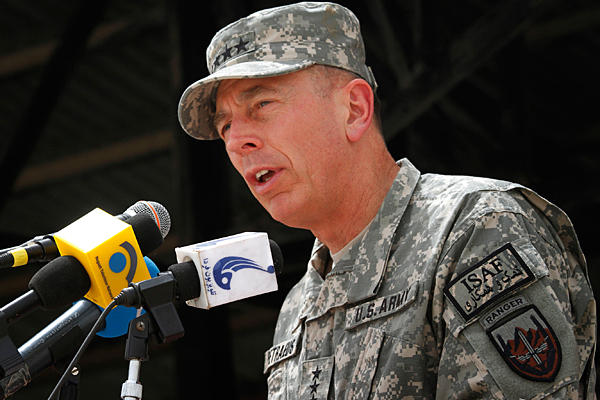
From Dan Murphy, Christian Science Monitor: Gen. David Petraeus, appointed this June to turn the
On Wednesday General Petraeus revised the
Now, he’s issued a change in approach that appears to relax the rules around the edges, while maintaining the priority at the heart of NATO’s counterinsurgency, or COIN, strategy in
The nuanced shift in the rules is no surprise. Some officers privately said that under McChrystal the priority on protecting Afghan civilian lives had become too doctrinaire and that, in practice, officers were reluctant to return fire or use artillery against attacking insurgents because of the presence – or possible presence – of Afghan civilians among them. …
What this [shift in policy] will mean in practice is hard to say. With 101 NATO casualties in June, that month was the deadliest of the 9-year-old war for foreign troops. July’s death toll of 66
Civilian casualties have been a major source of tension between NATO forces and the Afghan government of President Hamid Karzai, who has railed in the past against the loss of civilian lives at NATO hands – though human rights workers in
Image: ap%208%206%2010%20David%20Petraeus%20roe.jpg
